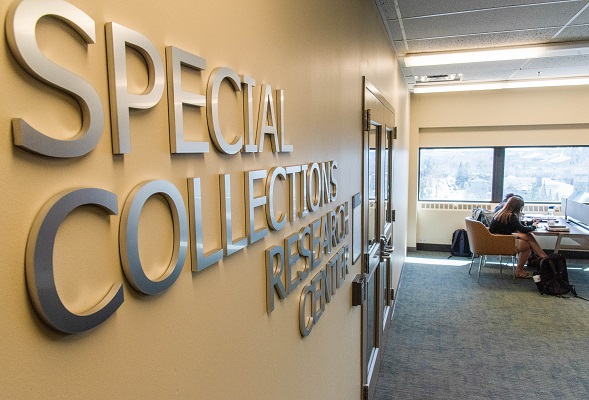This collection documents the activities of Esther Newton (1940-), a professor, cultural anthropologist, and author who is a founder and prominent scholar of LGBTQ studies. The collection contains correspondence; research files; drafts and manuscripts of Newton's published and unpublished writings; coursework, notes, course syllabi, exams, and bibliographies from Newton's time as both a student and professor; presentations, speeches, lecture notes, and programs from conferences and public appearances; newsletters and meeting minutes from professional organizations; genealogical research and photographs of Newton's relatives; and photographs documenting Newton's life and research.
This collection documents the activities of Esther Newton, a professor, cultural anthropologist, and author who is a founder and prominent scholar of LGBTQ studies. The collection contains both personal and professional correspondence; research notes and files; drafts and manuscripts of Newton's published and unpublished writings including essays, books, articles, and journal entries; contracts, reprint permissions, reader's reports, reviews, and correspondence with literary agents and editors; coursework and notes from Newton's undergraduate and graduate student career; course syllabi, quizzes and exams, and bibliographies from Newton's career as a professor; lectures and speeches, paper presentations and proposals, and event programs from academic and professional organization conferences and other public appearances; newsletters and meeting minutes from professional organizations, recommendation letters, proposal reviews, and exhibition planning materials; and personal materials such as summer camp publications, academic transcripts, real estate records, publicity, and interviews.
The collection also contains genealogical materials including family trees and charts; photographs of Newton's family members dating back to the late-1800s; correspondence belonging to Newton's mother, grandmother, and great-grandmother; scrapbooks and photograph albums depicting the Bash family, Newton's mother and maternal grandparents; newspaper articles written in the late-1800s by Newton's maternal great-grandmother Lucia Gilbert Runkle; and research and correspondence relating to Newton's father, Saul Newton.
The collection contains photographs depicting the life of Esther Newton, including photographs of Newton's childhood, friends, romantic partners, and events such as birthdays and vacations. Other photographs depict places, events, and people related to Newton's research, particularly Cherry Grove, New York and drag queen performers in the 1960s. Titles denoted in quotes in the finding aid are transcribed from Newton's original titles of folders and envelopes.
Series 2, Research, contains files of Newton's research relating to her studies, career, and writing. The folders contain scholarly articles, journals, newspaper and magazine articles, book chapters, and written and typescript notes. The files are arranged alphabetically by the author's last name, and by topic if publications are mixed.
Series 3, Writings, contains drafts, manuscripts, and research material relating to the books and articles Cherry Grove, Fire Island; The Future of Gender; A Hard Left Fist; Margaret Mead Made Me Gay; Mother Camp; My Butch Career; The Mythic Mannish Lesbian; Sex and Sensibility; Too Queer for College; Womenfriends; and the unpublished Alice-Hunting; as well as various other essays and articles.
